The one-year awards promote collaborative research within the university
Lawrence, Seáñez win collaboration grants


The one-year awards promote collaborative research within the university

The research by Phil Bayly’s lab makes cover of Journal of the Acoustical Society of America

A study in mice by researchers at the School of Medicine indicates that brain injury can lead to brain tumors in susceptible individuals. For this study, they used mice that model people with neurofibromatosis type 1 (NF1), a genetic disorder that causes brain tumors. The study showed that molecules released by injured neurons set off […]

Grant to support research on neurodegenerative disorders

Sarah D. Ackerman, PhD, Gabor Egervari, MD, PhD and Tao Xie, PhD, all of Washington University School of Medicine in St. Louis, have been named 2023 Young Investigator grantees by the Brain & Behavior Research Foundation. This year’s funding will support 150 promising early-career scientists across the field of neuropsychiatry with innovative ideas in mental health research. The two-year grant […]
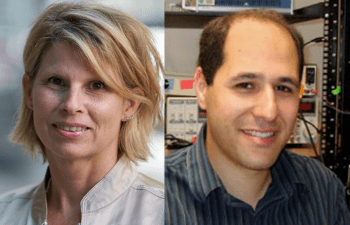
Valeria Cavalli, PhD, the Robert E. and Louise F. Dunn Professor of Biomedical Research in the Department of Neuroscience at Washington University, has received a grant of more than $400,000 to understand the origins of hypersensitivity in Fragile X syndrome (FXS). This genetic disorder, which accounts for the most cases of autism by a known […]
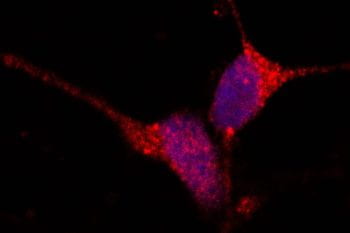
Key steps leading to such accumulation identified; could inform new therapeutic approaches

Mechanical engineers find brain’s vulnerability to head motion depends on direction and frequency, not just impact strength

When the human head experiences any kind of movement — from nodding yes or no to heading a soccer ball or being jolted in a car crash — the brain moves inside the skull, leading to deformation of the tissue. Such deformations are key to understanding traumatic brain injury but are challenging to study since […]

Grant will support research on brain plasticity
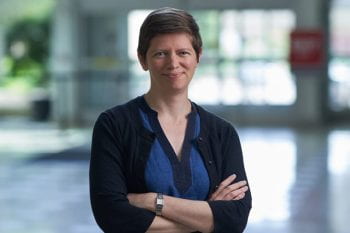
Martha Bagnall, PhD, an assistant professor of neuroscience at Washington University School of Medicine in St. Louis, received a $1.9 million R01 grant from the National Institute of Neurological Disorders and Stroke, part of the National Institutes of Health (NIH), to map neuronal connections in the zebrafish spinal cord. The Bagnall lab studies motor control […]

Findings point to brain areas that integrate planning, purpose, physiology, behavior, movement
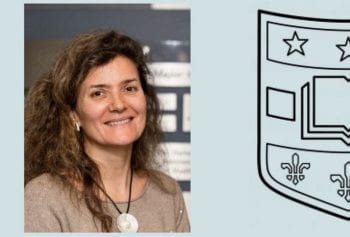
The neurologist and physician scientist at Washington University in St. Louis provided insight on the general dieting strategies patients with multiple sclerosis should take as more information becomes available. [WATCH TIME: 6 minutes]
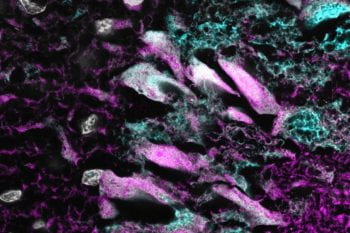
New imaging technique reveals circulation patterns in developing brain
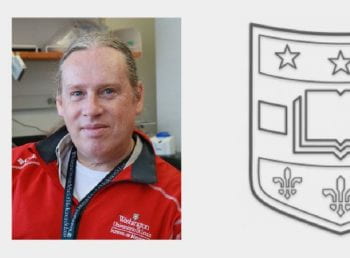
Jonathan D. Cooper, PhD, a professor of pediatrics, of genetics and of neurology at the Washington University School of Medicine in St. Louis, received two grants totaling $2.55 million over five years from the National Institute of Neurological Disorders and Stroke of the National Institutes of Health (NIH). Cooper will study enzyme replacement therapy as a possible […]
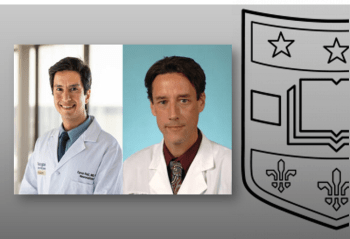
Four years after Washington University in St. Louis researchers detected a possible link between risk for Alzheimer’s disease and the appearance of the eye’s retina, a $10.3 million grant from the National Institute on Aging of the National Institutes of Health (NIH) is expanding the effort to understand that connection. Gregory P. Van Stavern, MD, […]

Successful cancer treatment approach extended to autoimmune disease
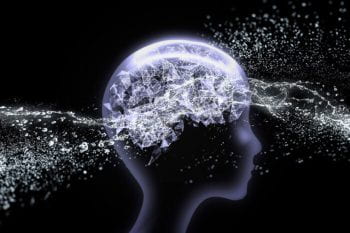
Findings in mice suggest new therapeutic approach to Alzheimer’s, other age-related diseases
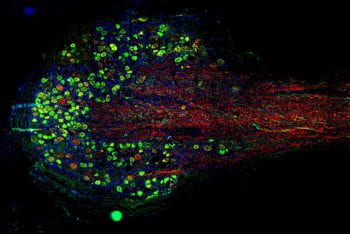
Funding from NIH HEAL Initiative
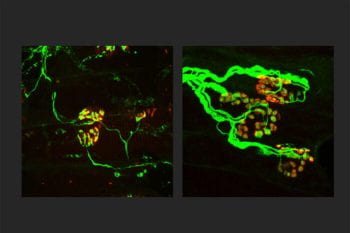
Research into how key molecule triggers axon death may lead to new therapies

Song Hu, Yong Wang team up to find quantitative biomarkers for clinical pain management
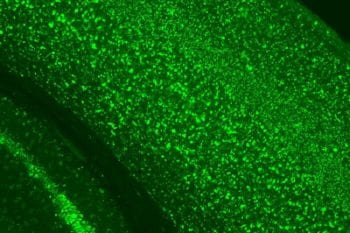
Enzyme replacement therapy, in mice and sheep, slowed brain degeneration
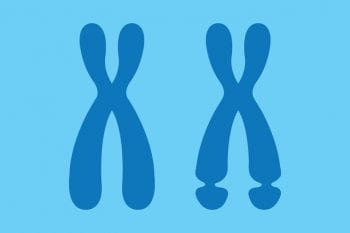
Finding therapies for fragile X may depend on understanding the many ways protein’s loss affects brain

$3.5M grant from NIH
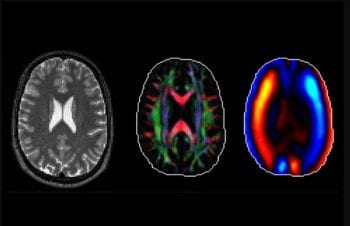
Philip Bayly, collaborators to use imaging, modeling to look at waves in the brain
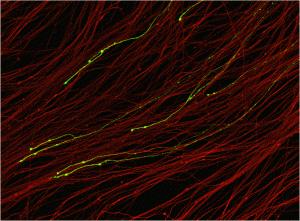
Two-year $300,000 grant
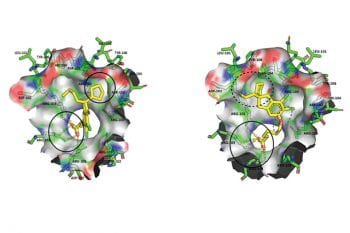
Improves insulin secretion, lowers blood sugar

Five-year $2 million grant from NIH

Faculty members honored for ‘highly prolific spirit of innovation’
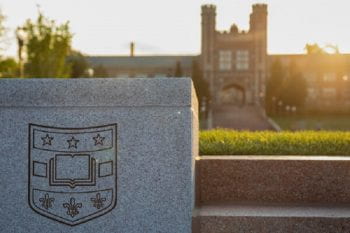
At the Washington University in St. Louis Board of Trustees meeting Oct. 1, numerous faculty members were appointed or promoted with tenure or granted tenure, effective that day. Promotion with tenure Su-Hsin Chang, PhD, to associate professor of surgery (public health services) at the School of Medicine; Milan G. Chheda, MD, to associate professor of medicine […]
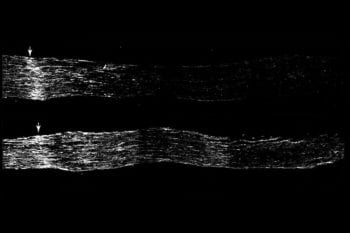
Targeting support cells with cholesterol drug could improve recovery after spinal cord injury
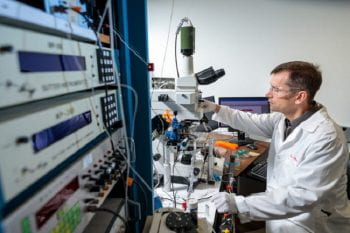
Complements efforts of Taylor Family Institute to develop treatments for psychiatric illness
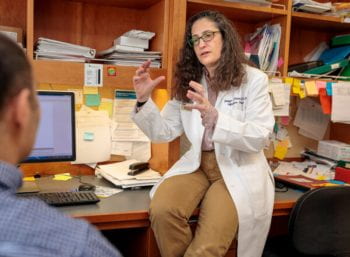
Research program investigates link between viral infections, memory problems
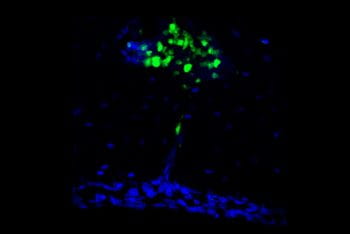
Immune cells from skull bone marrow guard the brain, spinal cord